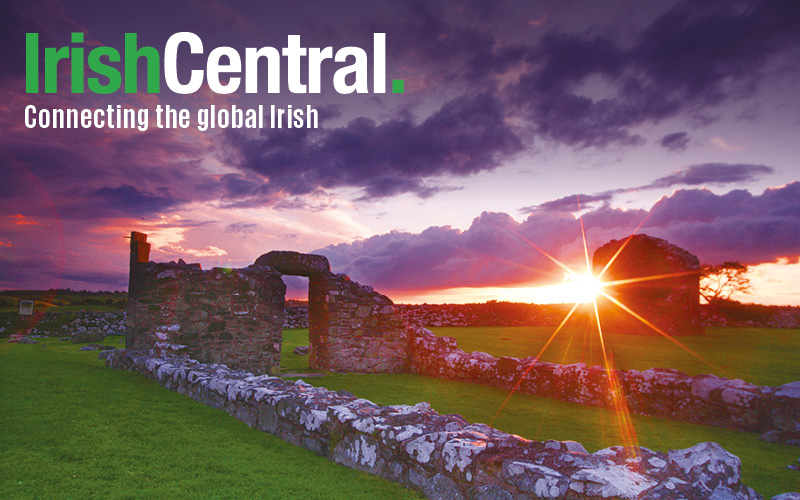As the saying goes, “I could eat a horse,” and that’s likely what many Irish did over the past several months. The Irish Food watchdog, the Food Safety Authority of Ireland, said it discovered horse DNA in burger products sold by Tesco, LIDL, ALDI, SPAR, and the country’s largest domestic supermarket chain, Dunnes Stores, causing the authority to demand the removal of ten million burgers from supermarket shelves.
As it turns out, eating horse meat is legal in Ireland. So why are the Irish horrified by the thoughts of munching on a horse meat patty? Because eating horse meat is taboo.
In Ireland, the horse has reached pet status. And pet status means that the filly “Ivy, the confident curious girl,” as advertised on the Irish website ispca.ie, will not become a hamburger, but, rather, a pet, and even though Ireland has an over-population of horses that is reaching crisis level, culling them for domestic consumption is not an option.
And it seems the Irish are not alone. Americans share the same taboo, even though horse meat consumption is also legal in the U.S.
Read more: Irish government knew of horsemeat burger scandal before Christmas
President Obama, on November 11, 2011, lifted a five-year ban on funding horse meat inspections, which opened up the meat market to horse meat sales for human consumption. M. Wells Dinette, a trendy café at Queens Museum (MoMA PS1) jumped at the chance of adding a horse meat tartare to its sushi menu when the ban was lifted. But, after only five days on the menu it was removed. Surprised by death threats, the outcry from animal rights activists, and the potential legal ramifications from health officials against the serving of horse meat, head chef Hugue Dufour squashed the idea of horse fare.
According to Liz Robbins of the New York Times, Mr Dufour said, “I love horse, but I’m not going to start killing my neighbor because he doesn’t want to eat horse. I can serve other things.”
Not everyone in the world shares the same taboo as the Irish and the Americans. Horse meat consumption is widely accepted in France, where it can be purchased at specialist butcher shops (boucheries chevalines) and supermarkets.
The practice of eating horse meat began in 1866 when the first Parisian horse butcher opened for those who could not afford beef. When the Prussian Army laid siege to the city in 1870-71, it became a staple diet for a starving population. And, during WWI and WWII, soldiers and civilians ate horse meat as a matter of survival.
Read more stories on Irish food and drink here
Today horse meat is an alternative to more expensive meat options, and its popularity as a food source continues. The French claim it tastes good and they also recognize that it’s protein-rich and immune to Bovine Spongiform encephalopathy (BSE).
The Italians too love their horse meat, having recently become the biggest consumers of horse meat in Europe, even going as far as enjoying a horse meat variety in their classic Italian Mortadella sausage. And, as far away as Mexico, China, and Japan, horse meat is regularly found on the dinner plate. In Siberia, the Yakut horse is bred specifically for food and is an important part of the local diet.
While the Irish and the Americans would likely run screaming into the streets at the thoughts of munching on a horse meat burger, most of the world, on the other hand, would lick their lips and tuck into their juicy meal.




Comments